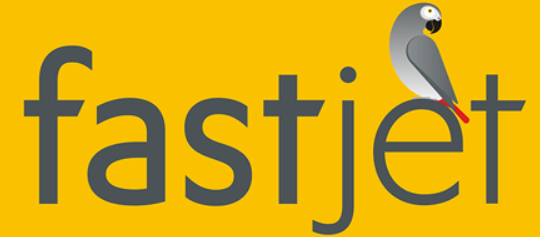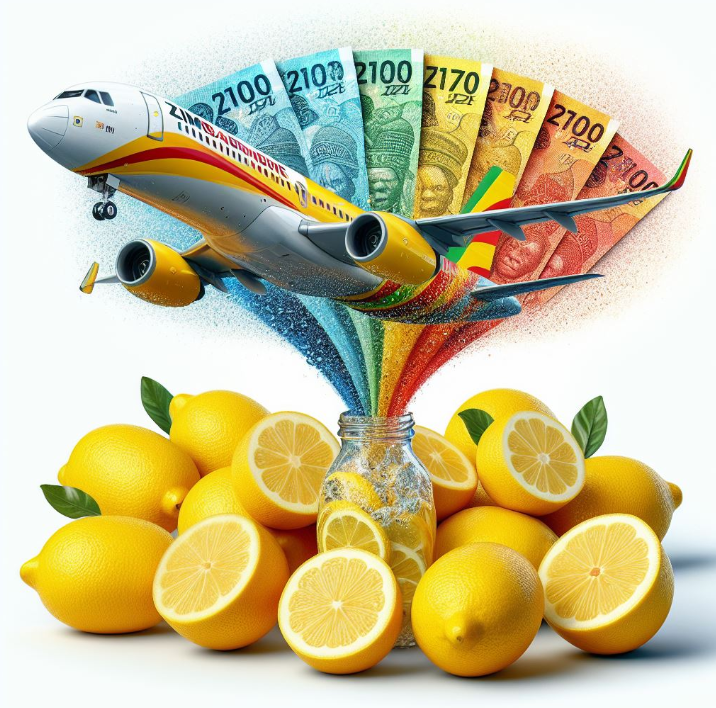In the tumultuous economic landscape of Zimbabwe, where businesses tread cautiously, Fastjet Airways has taken a bold leap. The airline’s decision to accept the new Zimbabwean currency, ZiG, with a risk premium on top has sparked controversy and admiration alike. This move exemplifies the forward pricing culture now embedded in the Zimbabwean pricing methodology.
It is currently expensive to trade in ZiG in Zimbabwe because businesses accepting it are placing between 10% and 20% exchange rate hedging premium on ZiG denominated transactions. A wicked mix of value based and premium pricing models.
Is it exchange rate fluctuation protection though if the hedging is above 5%?
Fastjet Airways exemplifies the forward pricing culture that is now inbuilt into the Zimbabwe pricing methodology, which I think it now is. The business can (and definitely does) approach its bankers to procure USD as and when needed, for fuel, maintenance, lease payments, foreign taxes, etc.
And here I'm not even speaking of their local and foreign revenues, which they already are receiving in foreign currency anyway. Or income received through their other foreign domiciled bankers. Thus, likely, the company may be adequately resourced already so may not need to convert their ZiG to USD, but use it for local expenses like part of staff salaries, rentals, maintenance, marketing, part of taxes etc.
So, one does not need to be a bean counter to know this extra 10% incme per every ZiG transaction will likely be recorded in the business profits accounts as Non-Operating Income (or Sundry or Miscellaneous income). The interbank exchange rate for ZiG currency to USD as at today 23rd of April 2024, according to the Resereve Bank of Zimbabwe is 1 USD to 13.2536 ZiG. Today also, one way outbound flight from Harare to Bulawayo (0600hrs - 0650hrs), departing on the 30th of April, flight Number FN8441, is quoted by Fastjet at USD 130.00. In ZiG the same flight is quoted 1,898.00 ZiG. That is an extra +10% risk premium added on to ZiG denominated ticket sales.
If you check on TravelAsker [https://travelasker.com/what-is-the-markup-for-an-airline-ticket/?utm_content=cmp-true] an average airplane company makes under 10% in markup, and then expands its profits through other means. Fastjet is already making above this on the exchange rate risk allowance alone!
On the flip side of this, however, my expectations, and those of many others, are that Fastjet must behave normally in a difficult and potentially volatile environment such as that of Zimbabwe is. It can not. At least not yet. But that is a subject for another whole different discussion. The company is only being alive to the concept of exchange rate pass-through effects.
This refers to the degree to which the prices of imported and exported goods change as a result of exchange rate fluctuations, of which that rate is high in Zimbabwe. Fastjet’s is quite aware of the local price sensitivities to the country's susceptibility to this effect, and naturally, it is ensuring that it remains profitable even where the ZiG's value was to fall.
First I commend them for being the early adopters and surely they should indeed reap the rewards for taking the proverbial deep first cut, where even the issuer of the ZiG, the government of Zimbabwe, is avoiding it like a plague and pricing their services in USD. Instead of blaming Fastjet we should commend them for aligning their business to absorb the Zim specific risks and turn those lemons into lemonade.
Secondly, the strategy adopted by Fastjet reflects a broader trend in the aviation industry where companies are increasingly seeking to diversify their revenue streams and mitigate risks associated with currency fluctuations. By accepting ZiG and applying a risk premium, they not only cushion themselves against sudden drops in the ZiG’s value, but also capitalise on the additional income generated from the premium itself. This approach, while controversial, demonstrates a keen understanding of the economic landscape and a willingness to adapt to the challenges it presents.
Moreover, the use of ZiG by Fastjet for local expenditures is a strategic move that could encourage other businesses to follow suit, potentially leading to a wider acceptance of the currency in the domestic market. This could, in turn, help stabilise the ZiG and reduce the need for such high risk premiums in the future.
Fastjet is not just participating in the economy but is helping shape it!
The key here is the gradual build-up of trust in the currency, which can only be achieved through its consistent and reliable use in the market. Fastjet's decision to accept ZiG, therefore, may be seen as a vote of confidence in the currency's potential, despite the current premiums attached.
The Chinese characters for ‘crisis’ are two characters which when read separately one represents danger, and the other represents opportunity. Fastjet instead of reading these two as one they have decided to separate them and mitigate the undesirasble and maximise on the wanted aspects, profitably. It is taking Zimbabwe’s Economic Lemons and turning them into Lemonade, with the foresight to see opportunity where others see peril.
In conclusion, while the 10% risk premium on ZiG transactions may seem steep, it is a reflection of the current economic conditions in Zimbabwe. Fastjet's approach to dealing with these conditions is pragmatic and could set a precedent for other businesses operating within the country. As the situation evolves, it will be interesting to see how the interplay between currency risk management and business strategy continues to shape the economic landscape in Zimbabwe.
As we ponder Fastjet’s bold strategy, let us remember the words of economist Milton Friedman: “Only a crisis, actual or perceived, produces real change.” Fastjet’s decision to embrace ZiG may just be the catalyst needed for the new currency’s adoption and the economic transformation that comes with that.



